No one is really sure how the island came to be called Palawan. It is speculated that the name may have originated from the Chinese world Pa-Lao-Yu, which means “the land of beautiful harbors”. Others speculate that the word comes from an Indian word “Palawans” which means territory. While others still speculate that, it comes from the Spanish word “Paragua,” since Palawan resembles a closed umbrella.
What is clear is that this island has played an important role in Philippine civilization. The oldest bones of the first Filipinos were found here, and they were estimated to be tens of thousands of years old. The first settlers were Tau’t Bato, Palaw’an, Tagbanua, and Bataks, which settled in the coastal and mountainous areas even before the Malay settled here.
Evidence of Early Settlers
A team led by Dr. R. Fox studied the early history of Palawan island. The team found evidence of early life in Tabon Cave, which proved that man had continually existed in Palawan for over 50 thousand years. This team of researchers also found the remains of the Tabon Man in the Quezon Municipality. Although they could not determine where the cave dweller came from, it was believed they originally inhabited Borneo. Excavations still take place at Tabon Cave to this day. The hope is to discover even more evidence that this province is indeed the cradle of civilization in the Philippines.
Life during Ancient times
Evidence suggests that the Tabganuas and Palaw’ans people descend from the earliest settlers in this province. During the period of their existence on the province, they created a form of government, a trading system with sea-borne merchants, and even a unique alphabet.

Tabon Caves in Quezon, Palawan © Alexcooper1 / CC BY-SA 3.0
The ancient descendants left behind tribal artwork that has survived throughout the ages. There are reliefs of sharks, fish, and elephants that have been found in Tabon Caves. It was also found that at around the same period, 50 thousand years ago, jar burials started. This period lasted up until 500AD. Thus far, more than 1500 jar burials have been uncovered. There has also been a mural showing a burial procession that has been discovered.
About 220 to 263 AD, a wave of migrants began to arrive in the province. This was during a time called Three Kingdoms in China. It was at this time that the Han Chinese drove short statured people who were living in Anwei province of China further south. Some of these people settled in Thailand while others moved to Sumatra and Borneo. Today, the Filipinos call most of these people Negritos and Aetas. It is from these people that the Batak tribe comes from. The ancient Chinese often visited the province around AD 982. Proof of this can be seen in the Chinese pottery and artifacts found in caves and water bodies in the province that seem to originate from China.
The arrival of the Malay
Around the 12th century, the Malay people began to arrive in the province. These people brought with them advance iron melting and the production of iron tools. They also came with advanced pottery techniques as well as agriculture techniques.
Most people believe that the first Malay people were seafarers; tool-wielding that came from Indonesia. They brought modern building and farming techniques with them. Researchers have claimed that it is possible they were the ones who created the North Luzon rice terraces. They were also the people who built permanent settlements and prospered from the 1 AD up until the 16th century when a new wave of immigrants came to the province.
Historians believe that the Malay came in three waves. The first wave formed modern-day Bontoc and other tribes found in North Luzon. A second one formed the foundation for the Bicolano, Tagalog, and Bisayan groups. The third wave of Malay immigrants is thought to be the basis for the Muslim Malay of the province.

Over time, the social organization developed and evolved. The basic social settlement unit was a barangay. A chief called a datu headed kinship groups, and inside a barangay, there were social divisions of freemen, nobles, and landless workers and slaves. The social organization of the Malay throughout the province evolved in similar fashion. Only the rice farmers of northern Luzon had a concept of territory. Most of the landless workers appear to have been captives caught during wars.
Over time, Chinese traders joined Malay migrants. In the early periods, Islam was introduced to the province via traders. By 1500 AD Islam was present in large swathes of the Philippines. Soon after the Malay arrived, the Indonesians of the Majapahit Empire followed in the 13th century. These migrants brought Hinduism and Buddhism with them.
Due to proximity to Borneo, southern portions of Palawan were under the rule of the Sultan of Brunei. This remained the case for over two hundred years, during which time Islam spread. It was also at this time that intermarriage between the Japanese, Chinese, Hindu, and Arabs became common. The mixing of the races led to a distinct breed of people in Palawan that cannot be classified as of belonging to any particular race.
The Spanish Period
When the Spanish explorer Ferdinand Magellan died, the remainder of his armada sailed towards Palawan. There the sailors were saved from starvation by the abundance the land had to offer. The northern Calamian islands were the first to come under Spanish control. They declared these islands independent of the Palawan mainland. In the 17th Century, a group of Spanish monks arrived in the province for missions in Agutays, Cuyo, and Taytay. However, they face fierce resistance from the Moro people. In the eighteenth century, the Spanish began to create forts to protect themselves from the Moro strikes. In 1749, the King of Brunei agreed to surrender southern Palawan to the Spanish.

Fort Santa Isabel, Taytay © Christian Pirkl CC BY-SA 4.0
In 1818, the whole Palawan province became a single territory called Paragua at the time. The capital was established in Taytay. By 1858, the area was partitioned into two provinces called Asturias and Castilla. Castilla to the north had its capital as Taytay while Asturias had Puerto Princesa as the capital. From 1873 to 1903, Cuyo was named the capital of Palawan.
Various structures today have survived from the Spanish era. One of these is the Fort of Cuyo and St Augustin Church. It was created in 1680 and lies on the island of Cuyo. This is the oldest Spanish settlement of Palawan province. The Augustinians who were in charge of the Palawan province built it. It is a huge structure with large watchtowers. The fort was created out of mortar and coral stone, which is over a meter thick. The church is located within the walls of this fort.
Another structure is the Fort Santa Isabel. The Augustinians created the fort in 1667. They felt that there was a need to boost their fortification to remain safe from invading pirates. Inside the walls of the fort, there is also a church. There are also large canons that are all still intact. The fort today lies in ruins. However, there are plans to restore it to its former glory. This move might help to boost tourism in the area.

Another structure from the Spanish era is the Plaza Cuartel in Puerto Princesa. Built in the 1800s, only a façade and two half-round towers remain to this day. It also played a significant role in modern history during World War 2, as it became the site of horrific atrocities conducted by the Japanese Imperial Army.
American Rule
After the Philippine-American war of 1902, America established civil rule in Northern Palawan. They renamed the province Paragua. In 1903, the province was reorganized to include the southern part of the province, and it was renamed Palawan with the Puerto Princesa as the capital. At the time, the major role was to bring people closer to the government. The Americans also built schools and promoted agriculture in the province.
Invasion of the Japanese
The Japanese Imperial Army invaded and occupied Palawan province during World War 2. It is known for the “Palawan Massacre” which was related in several books including in Last Man Out by Bob Wilbanks. Several hundred of American prisoners of war were kept in Puerto Princesa during the war. The Japanese used them to build the airport, which they did over the course of two years, with very rudimentary equipment.

When the Americans gained the upper hand and advanced on them to rescue prisoners of war, the Japanese 14th area army under the command of General Tomoyuki Yamashita herded the 150 remaining PoWs into covered trenches. They then set them on fire with the use of gasoline. Those who attempted to escape were shot. Those who did manage to escape were hunted down and shot dead as well. Only 11 of the soldiers managed to escape alive. A memorial was erected at the site of the massacre, in Plaza Cuartel.
Liberation
During the Battle of the Gulf of Leyte, two US Navy Submarines attacked a Japanese cruiser headed by Admiral Takeo Kurita. The flagship was sunk along with her sister ship the Maya. One of the subs later ran aground, and the USS Nautilus scuttled it. Palawan Island was later freed from the Japanese forces by Filipino and US forces. There are still several WW2 wrecks from the Japanese marine forces that tourist can see while snorkelling or scuba diving.
Since then Palawan has become a place of harmony and beauty. The culture of ancient people is still strong. Its history proves that the province is more than its sandy beaches, clear waters, and rich marine diversity. It is a place of culture, history, and heritage. A visit to this province is a chance to be a part of world history.
Attempt at Unification
There was a failed attempt in 2005 to make Palawan part of Western Visayas or Region VI. This would have been done via an executive order 429 that was signed by President Gloria Macapagal Arroyo. The decree was however deferred later in the same year. It was after the Provincial Council in Palawan criticized the move. In 2018, a bill was tabled in the House. It seeks to create three provinces out of the existing province of Palawan. However, no final resolution has been reached thus far.
Modern Attractions
Today, Palawan is a major tourist attraction due to the clear water and natural beauty. The water hides an amazing aquatic life. It also happens to be one of the most sparsely populated islands in the Philippines. Tourists at times find it hard to travel to the island due to the silhouetted stretching 650 kilometers that at times tricks them to look for a better route.

The capital of the Island, Puerto Princesa, offers an entrance into the scenic rural oceanfront. Many tourists love to go snorkeling in the waters all around the island, especially in El Nido and Coron which are getting more and more popular. There is also a lot to do in the interior of the island. Up north, there are ferries for the tourists and many villages tourists can explore. In the province, there are also uninhabited islands where you can explore pristine nature. In its untouched form. However, you should be aware that there are not any modern facilities to accommodate visitors.
If you love going off the beaten path into an area with little modern civilization, you should go to the north of the province, in place like Linapacan and Culion islands. This place is far from the Capital Manila, and life exists in almost the same way it has existed for centuries. Tourists come here to explore the remains of ancient civilizations that once ruled in this area, and to discover untouched tropical islands.
Near Puerto Princesa, the subterranean river is a UNESCO world heritage sites. Trips are organized to the rivers where you can tour the caves. In El Nido and Coron municipalities, you will find a wide array of beach resorts where you can soak in the sun and enjoy the beautiful sandy beaches.
Explore Palawan Today!
This is a province with a rich history but also a beautiful future. Wars have been fought here, and a lot of sadness has been experienced in this province. In modern times, it has become a place to make beautiful memories. The untouched natural beauty of the province is what attracts tourists each year. Discover it by yourself and start to explore all the tours and activities you can have there with Tikigo.

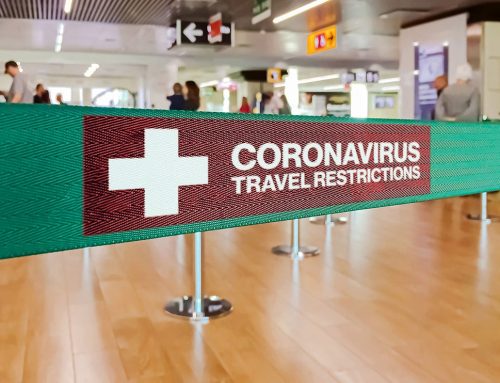
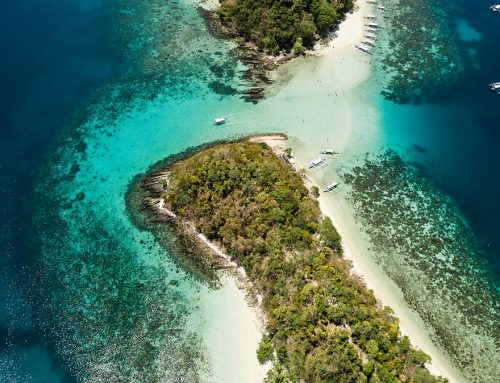
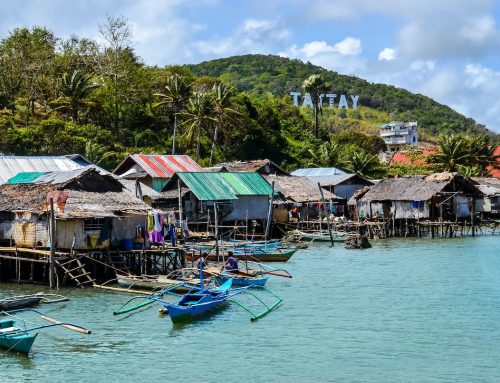
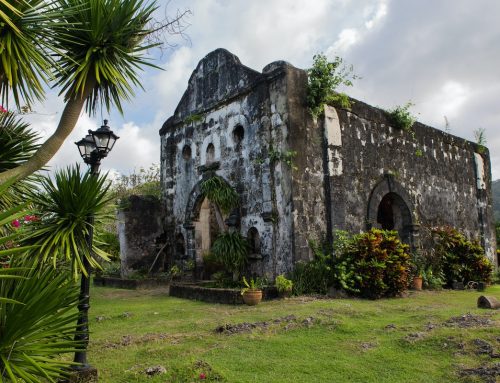
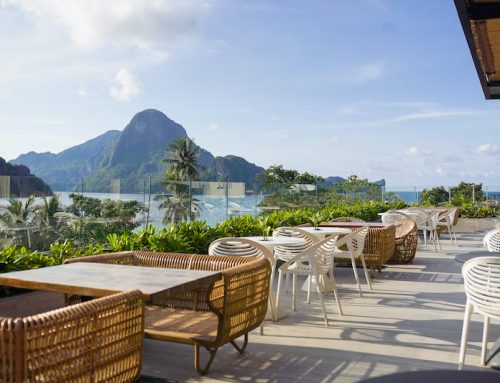
Ang Palawan ay galing sa salita ng malay PAHLAWAN.
Ang ibig sabihin ay mandirigma..